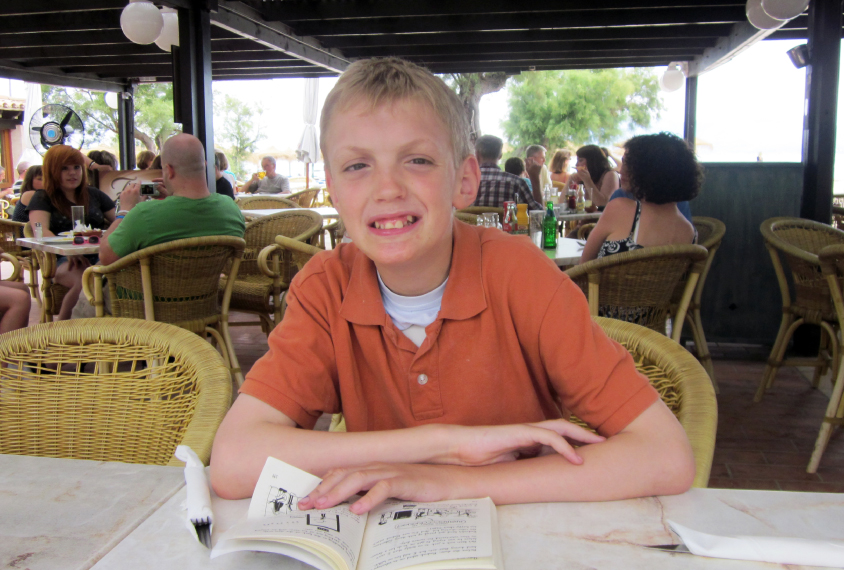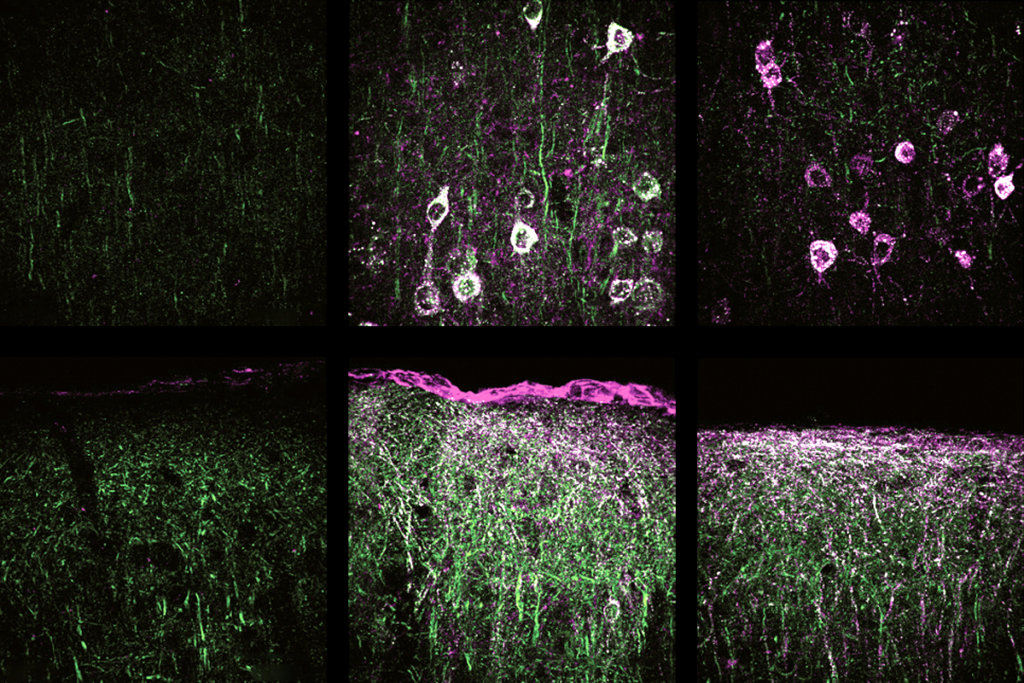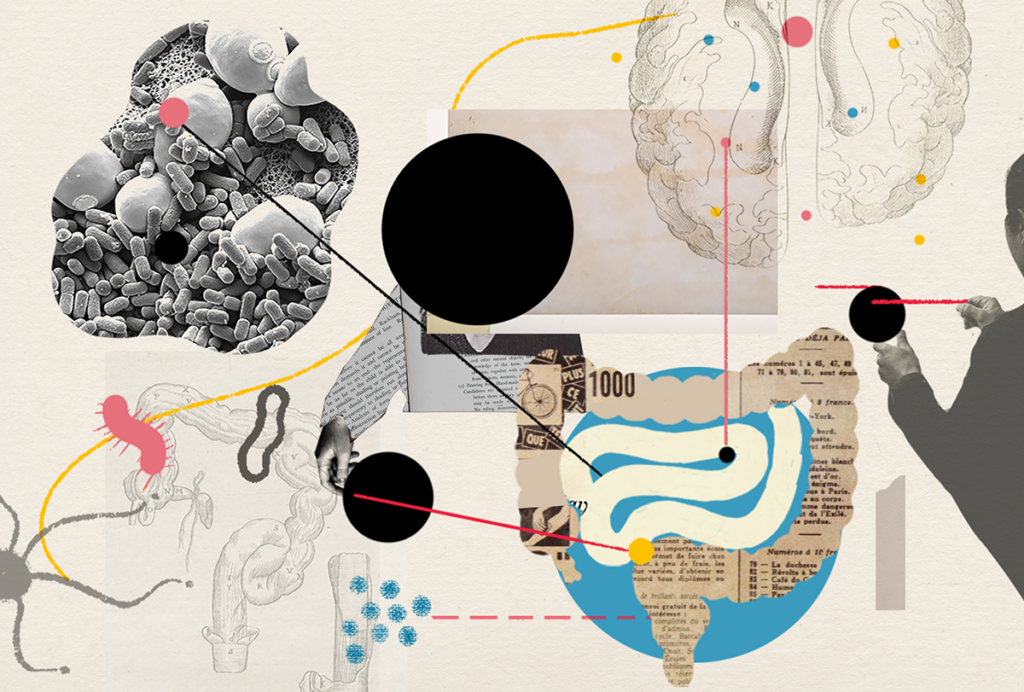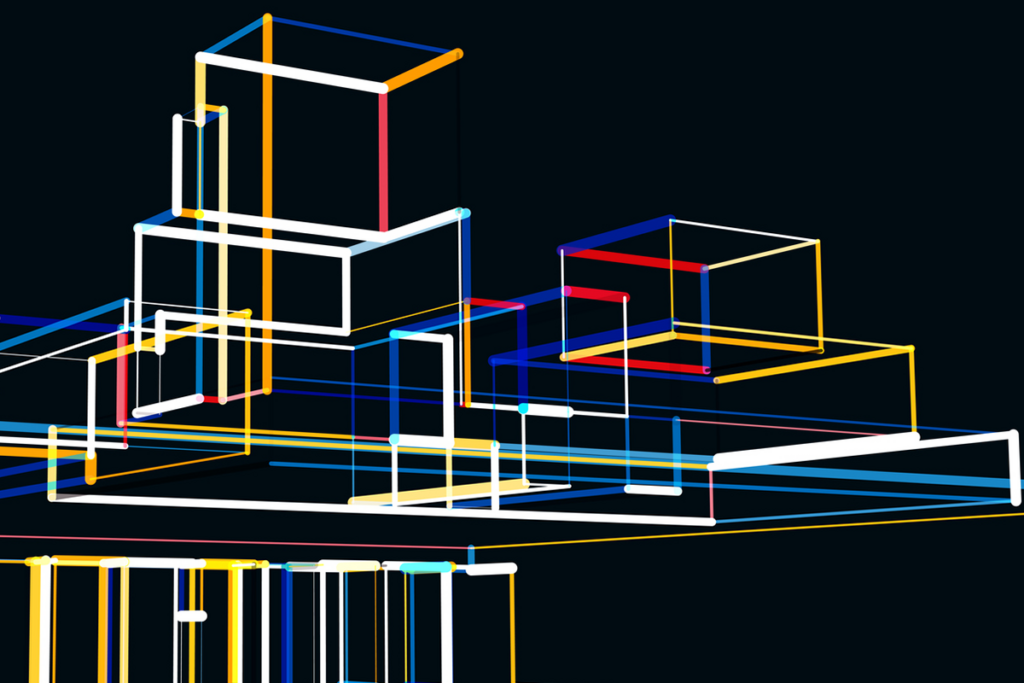
Autism features common in people with rare genetic syndrome
More than 80 percent of people with Sotos syndrome show signs of autism, such as social anxiety and restricted interests.
Most people with Sotos syndrome show signs of autism, according to the largest-yet study of people with the rare genetic condition1.
Sotos syndrome affects about 1 in 14,000 people. It stems from a mutation in the gene NSD1, which leads to an enlarged head, known as macrocephaly, unusually rapid growth during early childhood, intellectual disability and distinct facial features.
Several studies have hinted at an overlap between Sotos syndrome and autism2,3. But most studies were case reports, and the largest included just 38 participants with Sotos syndrome and offered few details about the prevalence and severity of autism features.
The new study characterizes autism features in 78 people with Sotos syndrome.
“The behavioral profile of people with Sotos syndrome is strikingly similar to that seen in autism,” says lead investigator Megan Freeth, instructor of psychology at the University of Sheffield in the United Kingdom. “Parents note things like repetitive behaviors and preference for routine, but also other aspects like social anxiety.”
The findings, published 22 October in the Journal of Autism and Developmental Disorders, paint the most complete portrait to date of the challenges that people with Sotos syndrome face.
“The research adds to an evolving cognitive picture associated with Sotos syndrome and is very important in empowering patients and families to access appropriate care and support,” says Kate Tatton-Brown, consultant in clinical genetics at St. George’s, University of London, who was not involved in the study.
The results suggest that mutations in NSD1 can contribute to autism, Tatton-Brown says. A 2007 study revealed rare NSD1 gene variants in people who have autism and macrocephaly. But the variants also showed up in unaffected siblings and parents, so the link to autism was unclear3.
Social networking:
Freeth and her colleagues reached out to Sotos syndrome support groups via Facebook. They invited parents and caregivers to complete the Social Responsiveness Scale, a questionnaire that measures autism features, and return the forms by email.
The approach yielded data from 78 individuals, including 35 girls and women. The participants ranged in age from 2 to 50 years. Most of them live in the United States or Europe.
Based on the SRS scores, 65 of the 78 participants (roughly 83 percent) have behaviors associated with autism. These individuals show restricted interests, compulsive behaviors, repetitive speech, social anxiety and reliance on routine. But only 16 of them have a diagnosis of both Sotos syndrome and autism.
“It seems that clinicians aren’t looking for autism within this population, so perhaps they’re missing a lot of these autism features,” Freeth says.
Among the individuals with signs of autism, 43 have severely restricted interests or insistence on routine, according to the Social Responsiveness Scale. Autism features tend to be milder in children younger than 5 and adults than in older children and adolescents, the researchers found.
Women with Sotos syndrome are just as likely to show signs of autism as men with the syndrome, and there is no difference in the severity of features between the two genders.
Freeth plans to meet with with the participants to evaluate their social communication and other autism features.
References:
Recommended reading

Gene replacement therapy normalizes some traits in SYNGAP1 model mice

Going against the gut: Q&A with Kevin Mitchell on the autism-microbiome theory
Explore more from The Transmitter

Neurophysiology data-sharing system faces funding cliff

